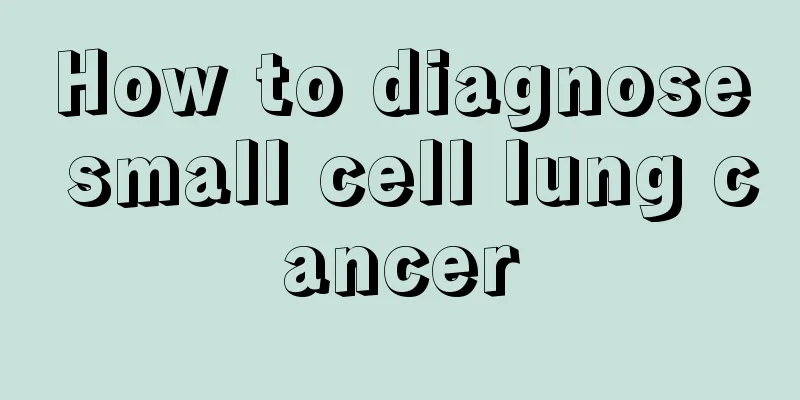Surgical incision scar

|
In our daily lives, we often get some minor illnesses, some of which must be treated by surgery. However, after surgical treatment, scars will be left at the surgical incision. For female friends, scars are very troublesome, and people often try to find ways to remove these scars. To restore scars, we can use some scar removal ointments or laser therapy. Surgical incision scars are hypertrophic scars left on the skin surface after surgery. The choice of surgical incision will affect the effect of the operation and the shape, size, depth and other aspects of the surgical scar. Therefore, choosing the correct surgical incision during surgery will lay a good foundation for eliminating surgical scars in the future. Causes: 1. Skin tension, including the external tension caused by the degree of skin tissue defect and the inherent tension of the skin tissue itself. Hypertrophic scars are more likely to occur in areas with high tension and frequent activities, such as the chin, front of the sternum, deltoid muscle, upper back, elbows, hips, knees, ankle joints, and dorsum of the feet. 2. Age: Young people are more likely to develop hypertrophic scars, especially those aged 10-20 years old. This is mainly due to the vigorous growth of tissues during puberty, strong post-traumatic reactivity, and high skin tension. 3. Skin pigment: People of color have more pigment cells and are more susceptible to irritation. The incidence of keloids in black people is 9 times that of white people. It is more likely to occur during the period of pituitary physiological activity, such as adolescence and pregnancy. 4. Infection: repeated infection, long-term wound exposure, excessive proliferation of granulation tissue, and prone to hypertrophic scars or keloids; 5. Foreign matter falls into the wound: dust, talcum powder, fiber, and residues of hair follicles, sebaceous glands, and sweat glands can cause tissue reactions and lead to scar hyperplasia; 6. The angle between the surgical incision and the skin: If the incision is perpendicular to the skin, the scar will be the thinnest after healing; the greater the inclination angle, the wider the dermal scar will be and the more obvious the skin deformity will be. Scar repair: 1. Apply topical medication Scar ointments can be classified into ordinary moisturizing creams, anti-scar and anti-inflammatory creams containing steroids, moisturizing and softening creams containing silicone, and melanin-removing ointments used to lighten pigmentation. Since scars are normal connective fibrous tissues that heal wounds, they are inevitably formed and exist at any wound site. Topical ointments applied to the scar area are limited to minor therapeutic effects such as moisturizing, softening connective tissue, and lightening pigments, thereby improving and beautifying the appearance of the scar. 2. Silicone patch therapy Silicone patches are applied externally to hypertrophic scars to prevent and treat scar hyperplasia. After the self-adhesive silicone patch is applied to the scar surface, the evaporation of water on the scar surface can be reduced, the hydration of scar tissue can be increased, and the permeability of water-soluble proteins and various water-soluble inflammatory protein mixtures on the scar surface can be increased, so that these water-soluble proteins can diffuse on the skin surface, the water-soluble proteins and products in the interstitium can be reduced, the fluid pressure can be reduced, and the maturation of scars can be promoted, and the scars can be softened and flattened, so that the color of scar tissue becomes lighter and closer to the natural skin color. Silicone patch therapy has been widely used since the 1980s and is currently the only proven effective scar self-treatment method. Its non-invasive treatment method has extremely low rates of sensitization and other complications. 3. Laser treatment Laser treatment is suitable for superficial depressed and hypertrophic scars. When the laser acts on the skin, the scar part on the skin surface is affected by the laser, and other tissues are not affected. These parts that are not affected by the laser will accumulate more collagen and elastin, which help the regeneration and rearrangement of collagen in the dermis. In addition, laser irradiation will produce photothermal effect, photochemical effect, pressure effect, electromagnetic field effect and biostimulation effect on skin tissue, so that the damaged dead tissue at the skin scar will be rapidly pyrolyzed, gasified, or broken into tiny fragments, which will be swallowed by phagocytes in the body and excreted from the body, thus achieving the purpose of smoothing the scar. 4. Radiation therapy Radiation therapy is suitable for superficial hypertrophic scars. When the scar area is treated with radiation therapy, superficial X-rays and beta rays can significantly reduce the number of fibroblasts in the scar tissue, impair their function, reduce the synthesis of collagen fibers and matrix, and increase the decomposition of collagen fibers, thereby flattening and softening the scar area. |
<<: Classification of wound healing levels
Recommend
What color is the tongue coating of gastric cancer
According to the pathological type and pathologic...
What are the hazards of silver nitrate to human body
When it comes to silver nitrate, the first thing ...
How to recover a severed finger nerve
Many things in people's work and life need to...
After the divorce, I don’t know what to do next
Nowadays, young people get married quickly, so mo...
What are the contraindications for taking lecithin
Because there are many brands of lecithin on the ...
What are the symptoms of brain metastasis from lung cancer
Brain metastasis is the most common metastatic si...
What are the benefits of eating beef for children
For children, their stomachs and intestines are s...
Common clinical symptoms of central lung cancer
Many people may not know about central lung cance...
Bump on the back of the neck
Many people cause serious harm to their bodies in...
Dietary therapy for patients with colorectal cancer and blood in stool
Blood in the stool is the main symptom of colorec...
Do you know the harm of smoking after meals?
Many people like to smoke after meals. Sometimes,...
New drug for polycystic ovary syndrome
Polycystic kidney disease is actually a congenita...
What are the precautions for laser removal of red blood streaks
Modern medical technology is developing rapidly, ...
What to do if you blush in winter? A few tips to get rid of blushing
People's skin is prone to dryness and flaking...
How should lung cancer patients eat properly? This diet for lung cancer patients is both scientific and reasonable
As more and more people smoke, the chance of deve...









